Dear Stephen,
I came across this information about sarsaparilla: “Sarsaparilla contains chemicals called saponins, which are poisonous to insects and other small creatures. It is believed that saponins are not absorbed from the gastrointestinal tract of humans, therefore it does not appear to be toxic to humans when taken by mouth or used topically. If injected into the blood, however, saponins can dissolve red blood cells, which may result in serious effects that include death.” My question—if one has leaky gut—will sarsaparilla proteins enter the bloodstream and cause havoc? The same website also states this: “Sarsaparilla could interfere with the absorption or elimination of other oral herbal supplements that are taken at the same time. Separate taking sarsaparilla and other supplements by at least 2 hours.” Thanks.
Stephen’s response:
As to treatment of leaky gut you might see Murray and Pizzorno’s Encyclopedia of Natural Medicine. Fasting is also particularly good for this. Saponins are the things that make soap suds, and is probably where the word soap came from. Many plants contain saponins, they are ubiquitous in nature and in our foods. Sarsaparilla is a remarkably benign herb and I do list the contraindications for it in the book. With leaky gut anything might upset things but this herb would not be high on my list to worry about.
Stephen
-
Stephen Harrod Buhner was an Earth poet and an award-winning author of twenty-four books on nature, indigenous cultures, the environment, and herbal medicine including the acclaimed book Healing Lyme: Natural Healing & Prevention of Lyme Borreliosis & Its Co-infections.
Stephen came from a long line of healers including Leroy Burney, Surgeon General of the United States under Eisenhower and Kennedy, and Elizabeth Lusterheide, a midwife and herbalist who worked in rural Indiana in the early nineteenth century. The greatest influence on his work, however, was his great-grandfather C.G. Harrod who primarily used botanical medicines, also in rural Indiana, when he began his work as a physician in 1911.
Stephen’s work has appeared or been profiled in publications throughout North America and Europe including Common Boundary, Apotheosis, Shaman’s Drum, The New York Times, CNN, and Good Morning America. Stephen lectured yearly throughout the United States on herbal medicine, the sacredness of plants, the intelligence of Nature, and the states of mind necessary for successful habitation of Earth.
He was a tireless advocate for the reincorporation of the exploratory artist, independent scholar, amateur naturalist, and citizen scientist in American society – especially as a counterweight to the influence of corporate science and technology.
View all posts

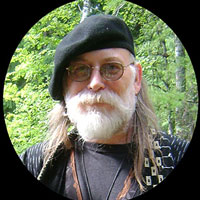



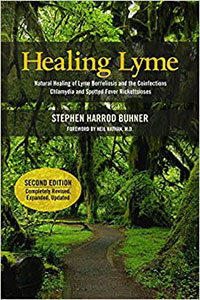
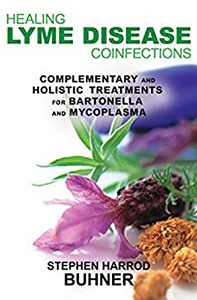
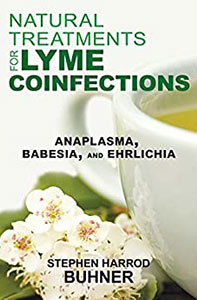
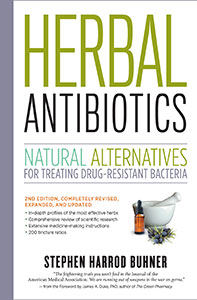
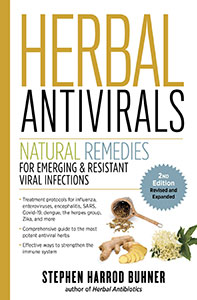



0 Comments